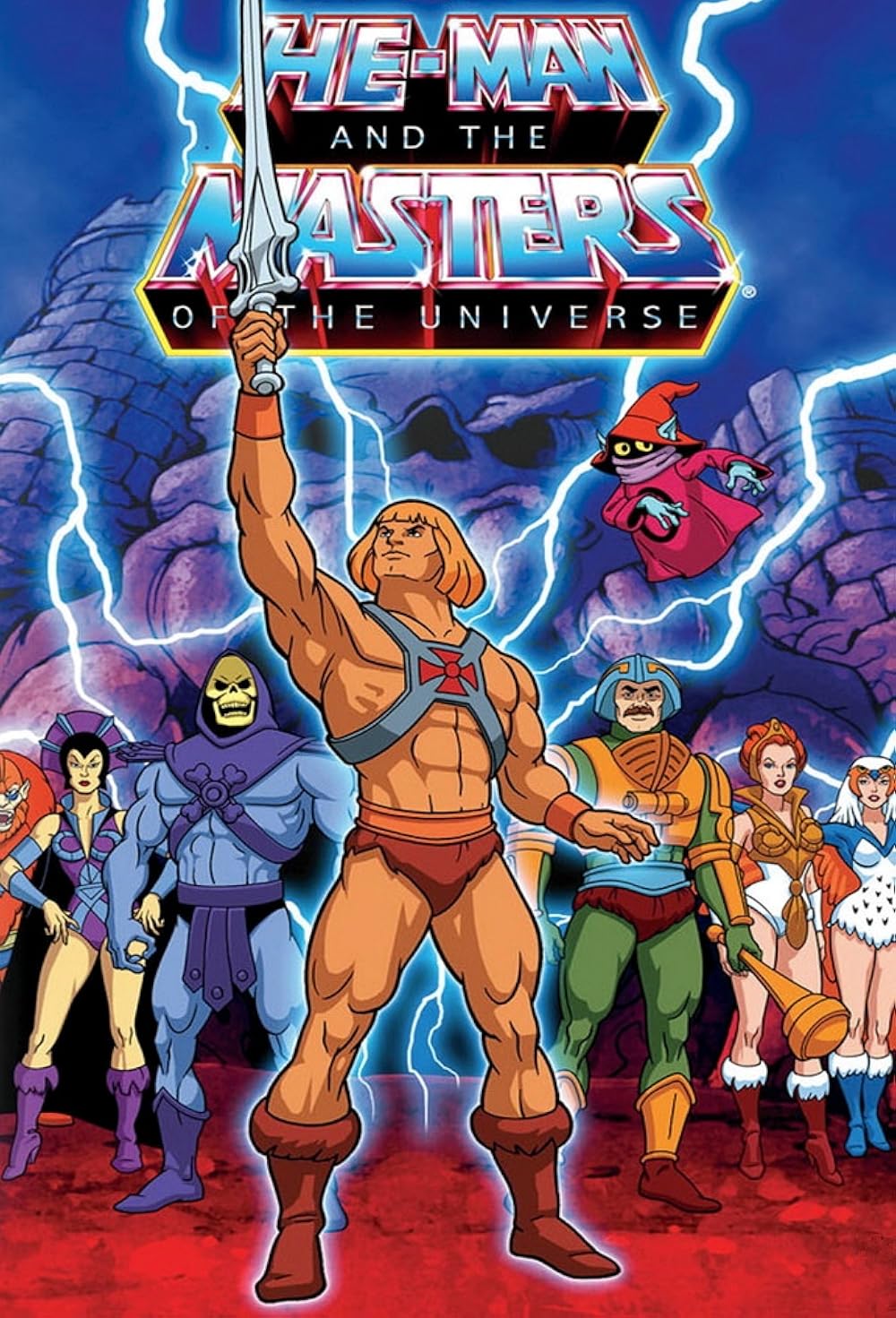He-Man and the Masters of the Universe – Prince Adam No More (1983)
Filed under: Animation, 1980s, Action, Adventure, Color, Fantasy, Filmation, He-Man, He-Man and the Masters of the Universe, Rotoscope, Sci-fi, Superhero, U.S.A.,
He-Man and the Masters of the Universe – Prince Adam No More

https://www.imdb.com/title/tt0126158/
Directed by:Gwen Wetzler
Producers: Animated by:Barry C. Anderson
Thomas Barron
Maxwell Becraft
Et al.
Shuki Levi
Haim Saban
Erika Lane
Carol Lundberg
Herbert A. Hazelton
David West
Et al.
Donald Schweikert
Thomas O’Loughlin
Donald Watson
Et al.
Filmation
Release date:1983
Running time:23 min (2:27 min clip)
Color process:Traditional
Synopsis
With only his closest comrades privy to his dual identity as both Prince and Defender of the Castle Grayskull, He-Man’s double life seems an allegory for the closet. This episode, dubbed “Prince Adam No More,” is relevant to queer experience, compassionately addressing the relationship between parental expectation and the possible ramifications of unleashing one’s true self. He-Man’s dilemma reflects Lou Scheimer’s alleged desire to instill moral values in young viewers by questioning the priorities of the series’ heroes—although perhaps not the values he intended.
The episode follows a determined Prince Adam (aka He-Man), who hopes to accompany his father on a tour of Eternia. King Randor, unaware of his son’s alter ego, excludes Prince Adam from the trip due to his disinterest in state affairs—a charade he must maintain in order to preserve his identity. King Randor opts for the protection of He-Man instead, which saddens Adam. Tired of living in disguise, He-Man thinks of giving up his powers, but soon realizes that his responsibility is too great to give up. Ultimately, He-Man balances his duty to protect his father’s kingdom and people with his need to truly be himself.
Censorship rules for American television had become more relaxed by the 1980s due to narrowcasting, which targeted specific audiences as opposed to a potentially unreceptive mass. He-Man, however, was a syndicated show, meaning that it aired on various networks. As a result, LGBTQ+ representation, for the most part, was limited to the level of subtext. Non-heteronormative content ran the risk of being perceived as “sexually offensive.” Yet still, it is Prince Adam’s affinity for pink and lilac, the close bond between He-Man and Man-at-Arms, and the secret identity of He-Man, that allows for queer interpretations of He-Man and the Masters of the Universe to flourish.
References:
“Censorship / Standards & Practices.” Television Academy Foundation, https://interviews.televisionacademy.com/topics/censorship-standards-practices. Accessed 29 May 2025.
“He-Man – Prince Adam No More – FULL EPISODE.” YouTube, uploaded by Masters of the Universe: He-Man & She-Ra, 14 September 2010, https://youtu.be/E7HH6MmA9BU?si=AOKdhAiEtqVQ3UaR.
“Obscene, Indecent and Profane Broadcasts.” Federal Communications Commission, 13 January 2021, https://www.fcc.gov/consumers/guides/obscene-indecent-and-profane-broadcasts.
